- Write by:
-
Monday, September 30, 2019 - 12:11:38 PM
-
907 Visit
-
Print
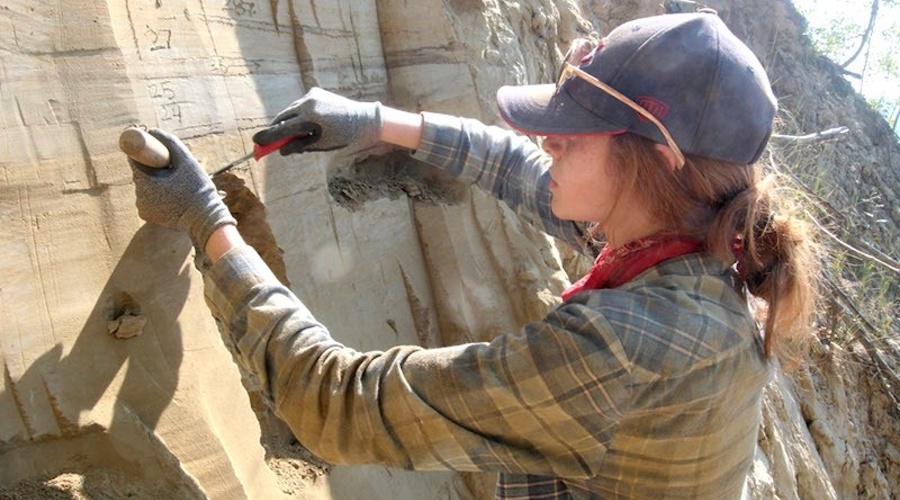
Mining News Pro - Researchers from the University of Buffalo and the University of Alberta are conducting studies in gold mines west of Fairbanks, Alaska, to find clues on how the area has responded to prehistoric global warming events and how it might respond in coming years as the planet heats up again.
In detail, the scientists are collecting samples from placer mines located south of the Arctic Circle where ancient creeks once flowed and left behind deposits of gold-bearing gravel. Today, the gravel is buried under hundreds of feet of loess deposits that originate in nearby mountains when glaciers crush rock into dust.
To get to the precious metal, miners must carve deep trenches into the landscape and the walls of the canyons they ‘build’ act as a record of prehistoric time. They hold layer upon layer of loess that can be analyzed to learn about the region’s climate history.
“[This] is an urgent topic of study, as the state is already feeling the effects of climate change,” the researchers said in a media statement. “According to the 2014 National Climate Assessment, Alaska has, on average, warmed much more quickly than the rest of the U.S. in recent decades. The report finds that glaciers are melting, wildfire risks are going up and local fisheries are vulnerable to changes in ocean temperature.”
According to the geologists and Earth sciences experts involved in the project, their collaboration with miners in the area has been crucial to advance the project because the gold-diggers are already excavating giant mounds of silt, so all the researchers have to do is observe, collect and measure sediment samples.
Gold mines help scientists study climate change Deposits of loess and ancient soil that form the wall of a mine. (Image by Elizabeth Thomas, courtesy of University of Buffalo).
They say that the walls of the mines show the remains of ancient forests as layers of rooted trees, pieces of moss, and rich, dark soil. These forests formed atop the loess when the climate warmed and glaciers shrank. In cooler times, glaciers would grow and loess was rapidly deposited nearby in thick layers. These were cycles that took place over and over again.
They are also studying chemicals called glycerol dialkyl glycerol tetraethers or GDGTs, which are embedded in the loess and are produced by bacteria, as well as the remnants of ancient leaf waxes also found in the sediment. They believe that these compounds can shed light on how the region’s effective moisture — influenced by humidity and rainfall levels — fluctuated over time.
Short Link:
https://www.miningnews.ir/En/News/429234
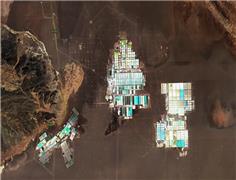
The four largest indigenous communities in Chile’s Atacama salt flat suspended dialogue with state-run copper giant ...
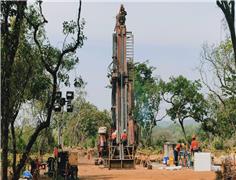
A prefeasibility study for Predictive Discovery’s (ASX: PDI) Bankan gold project in Guinea gives it a net present value ...
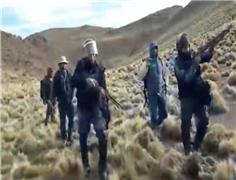
Representatives from the Peñas Negras Indigenous community, in northwestern Argentina, clashed with heavily armed police ...
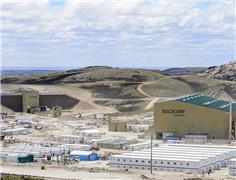
Newmont confirmed on Wednesday that two members of its workforce died this week at the Cerro Negro mine located in the ...
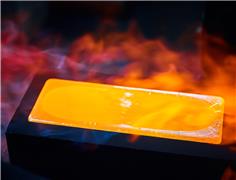
Chinese investors are snapping up stocks tied to high-flying metals from copper to gold, aiding an onshore market facing ...
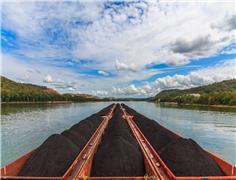
Outflows from global physically backed gold exchange traded funds (ETFs) continued for a 10th month in March, but at a ...
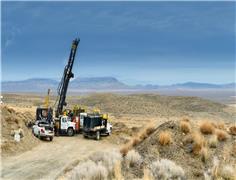
i-80 Gold fell by over 11% at market open Tuesday following its announcement of a C$100 million ($74m) public offering ...
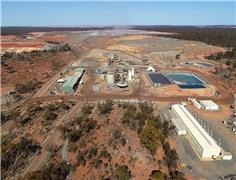
Australia’s Westgold Resources said on Monday it had agreed to acquire Toronto-listed Karora Resources in a ...
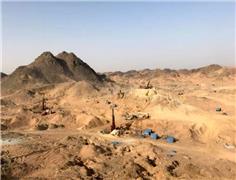
Chinese coal prices are likely to keep falling until the start of the peak summer season, suppressing imports of the ...
No comments have been posted yet ...